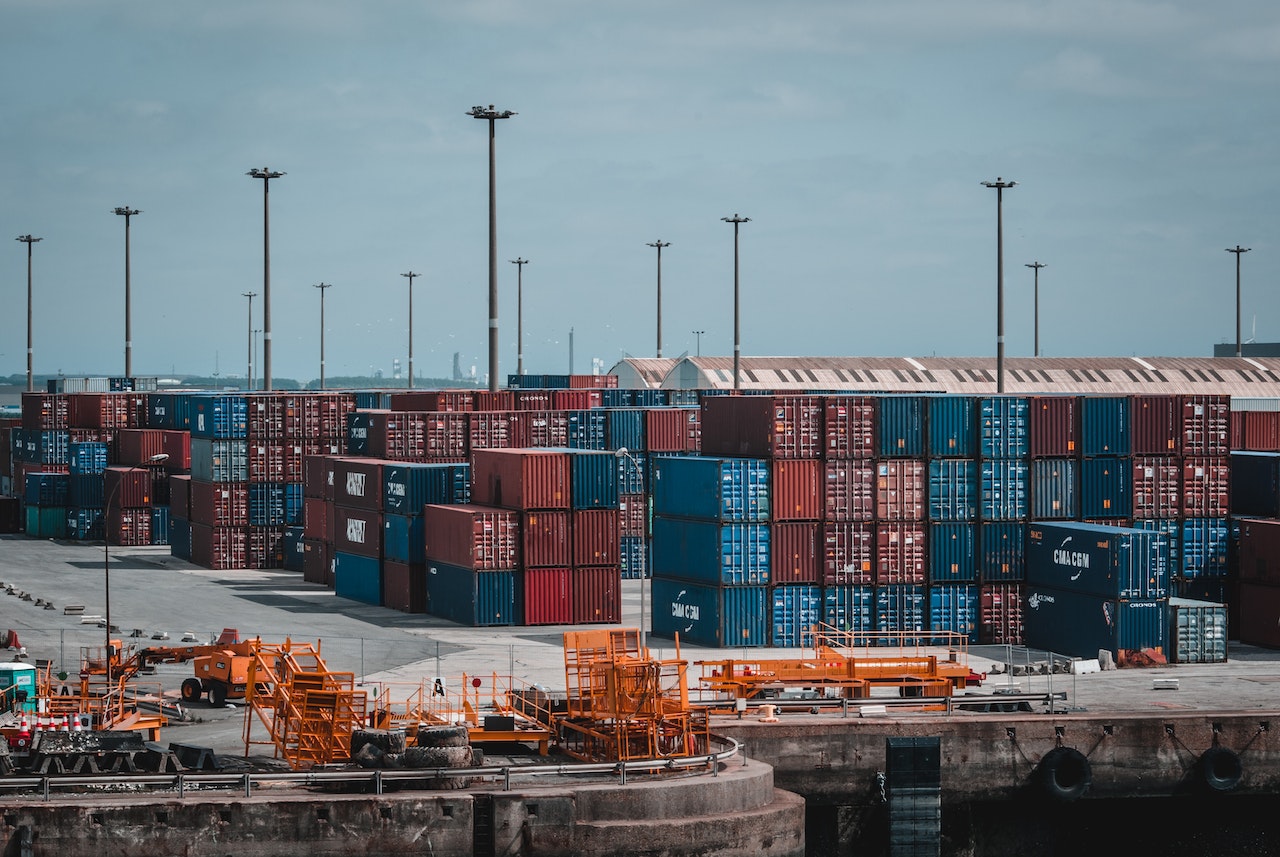6-7-23, 3 PM MST
One of the most frustrating aspects of our industry to shippers and operators alike is the difficulty in finding accurate, quality news about the state of our industry, especially when disruptive events such as the current US West Coast port disruptions occur. This event stemmed from, as reported, the ongoing discussions between the International Longshore and Warehouse Union (“ILWU”, the party that represents largely the dockworkers on the USA West Coast) and Pacific Maritime Association (“PMA”, the association that represents some shipping lines and terminal operators) as they continue to work towards inking a new contract; a task they’ve been working on since last year. In combing through various data points received, reviewing news, reviewing port gate camera footage, discussing with various vendors for firsthand knowledge, etc., here is what we have been able to deduce in simplistic form:
- In terms of port yard/gate operations: As of today, the ports we observed at Ports of Long Beach and Ports of Los Angeles appear to be “officially” open. Although, there are several ports that are facing tremendous backup. Drayage providers that Hard Deck Logistics talked to and various shippers that Hard Deck Logistics talked to confirm that for container imports, many pickup appointments at the terminals were canceled over the last few days. The terminals did “extend” the Last Free Day (LFD) for the containers due to the circumstances at the ports, but this has all caused a bit of a bottleneck. In reviewing gate camera footage at the LA/LGB ports, several of the ports appear extremely congested. The ports of Oakland remain closed today during the first shift at least (all container ports in Oakland). As reported in the news, apparently a dockworker died on the job Tuesday. There are plans to reopen 2nd shift tonight, for now. The ports of Seattle/Tacoma, in reviewing gate camera footage and talking to shippers as well as drayage providers, seem to be operating slower than normal, but still operating.
- In terms of vessel operations: One of the top ocean carriers in the world has been sending labor “gang” productivity updates throughout the last few days and it can be observed that only a percentage of ships alongside received all of the necessary labor required to complete “normal” rate of operations. There were also a plethora of planned vessel arrivals/departures to and from port that had a sudden change of arrivals and departures between last night and throughout today. It is expected that the delays incurred and the delays that could still be faced will have ripple effects on global schedules. For example, many shippers worry that Transpacific East Bound (TPEB) sailings, already facing heavy “blanked” or canceled schedules, may worsen at a time when volumes attempt to ramp up for the traditional shipping “peak season.” This makes it more difficult for shippers to plan supply chains.
- It is important to note that various sources in the news report, and as reviewed, that Canada’s ILWU posted a notice that it will conduct a strike authorization vote among its members at the end of the week, which puts the ports of Vancouver and Prince Rupert also at risk.
- In terms of rail operations: Hard Deck Logistics notes that Union Pacific appears to have lifted a temporary pause on all US Exports and empty containers to the ports of Los Angeles and Long Beach because of rail congestion. However, it is observed that the Pacific region in the USA is experiencing expected rail network congestion on Class I Railroads from both on-dock and off-dock gates. This, of course, could be correlated to the slowdown in labor at the ports due to the reported breakdown (although we cannot officially confirm) in talks between the ILWU and PMA. It will be interesting to see what sources like the Association of American Railroads release in their next US rail traffic report after considering the happenings over the last week. Some news sources we found online had reported an elevated and even “red” (meaning deteriorating congested congestions) for 3PL’s US Rail Ramp index. From what Hard Deck Logistics observes, on-dock rail movement from ocean terminals in LA/LGB area for Mini Land Bridge (MLB)/ and Interior Point Intermodal (IPI) shipments to key hubs like Dallas and Chicago seemed to be flowing normally without delay for those containers that had already discharged at the ports over the last few days. There were some rail shipments reported by multiple shippers at both on-dock and off-dock rail locations that seemed to be “spotty” in terms of movement. However, this truly is nothing more unusual than what has been experienced over the last few months-- in our opinion. This requires close monitoring over the next few days and weeks as there is expected congestion possibility on the rail networks.
- Last but not least, as far as implications in general for ocean container freight rates as a result of all of this, the Freightos Baltic Index showed rates from Asia to US West Coast on June 6 jumped considerably (about 30% up compared to the week earlier) currently sitting at around $1,681 per 40-foot container.
Hard Deck Logistics will continue to keep a close eye on these matters.
Sincerely,
CEO Hard Deck Logistics
www.harddecklogistics.com
traffic@harddecklogistics.com
